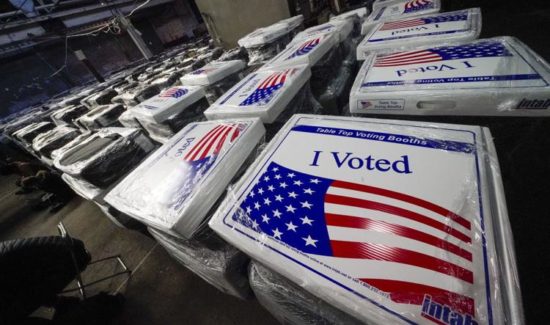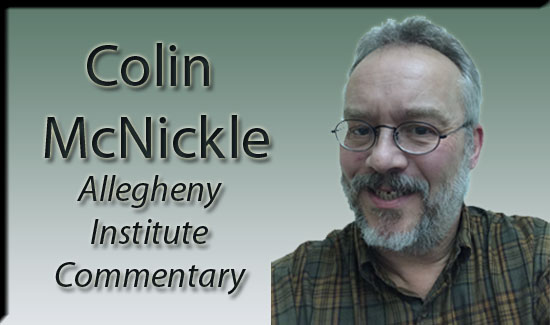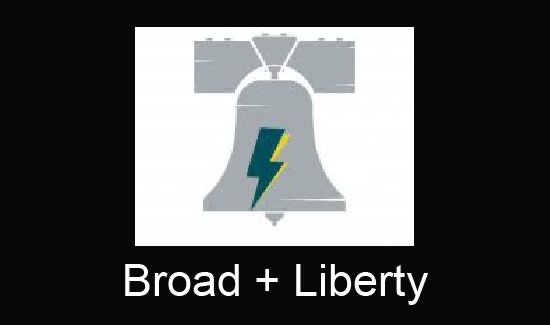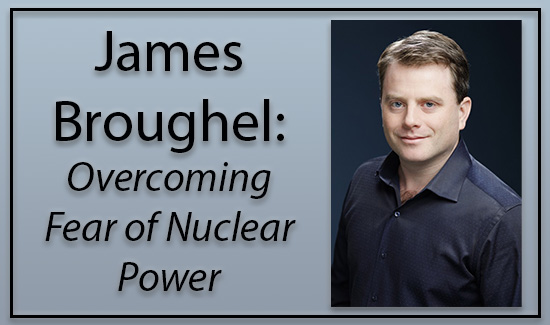National Civil War Museum: Asset to Appreciate
History buffs have become accustomed to and accomplished at defending historical sites and properties against assaults from developers. It is a rarer occurrence for an established museum to come under a concerted political assault aimed at closing the facility and auctioning off the collection.
Unfortunately, this is not merely a matter of scary speculation. There is a battle brewing over the future of the National Civil War Museum in Harrisburg. While not a fight that was readily foreseeable, now that it is here the protectors of history must mobilize to prevail.
Years ago, when then Harrisburg Mayor Steve Reed broached the notion of a National Civil War Museum, the general reaction was a mix of incredulity and skepticism. "Why does this make any sense, with Gettysburg 45 minutes down the road?" was a common question. But through the period of design, construction, and operation, as people realized what it would contain and became familiar with the unvarnished way the stories would be told, the museum has been well-received and well-regarded.
Turns out that the National Civil War Museum is testament to Steve Reed’s ability to see possibilities where nearly everyone else saw only limitations. Judging from recent criminal charges, he was apparently wrong in his financing methods, but there is no denying he was right about the value of this facility. Unlike other museum plans gone notoriously awry, this one was carried through, and most important, it worked as intended, even if the speculated numbers on impact have not materialized.
There is some logic in the location. True, a battle did not take place in Harrisburg, but the Confederates came awfully close. The city was of considerable consequence during the war – transportation hub, training ground, capital of a state crucial to the war effort – accounting for why Harrisburg was a target during Lee’s invasion. The city warrants a place on the Civil War Trail of History.
This is not a museum that simply looks like all the rest. Museum architects and display designers determined to tell the story – run-up, war, aftermath – in a manner distinctive and indelible. They achieved that goal most notably through the graphic depiction of slavery, a subject many museums shortchanged or avoided. They anticipated the present, with the argument over the leading causes of the Civil War flaring again as the 150th anniversary has been observed and civil rights and symbols dominate debates once again.
Critics of the museum say that people wanting to learn about the Civil War should go and visit the battlefields. Point well made. Walking the terrain where the fighting took place, viewing the markers and memorials and visitor center displays, listening to ranger presentations, these are incomparable experiences. I have visited several dozen battlefields (which means there are hundreds of sites I will never get to see), and contribute regularly toward saving additional threatened sites. This does not replace the museum experience, because the museum tells the full story and goes beyond the battlefield. Plus, the museum offers access to families who might never have the time or the money or the opportunity to tour faraway Civil War sites.
It is by now a given that the former mayor was not the most discerning player in the acquisition game, nor was he a hard-nosed negotiator when it came to price. A fair amount of Reed-acquired material – over half in some estimates – is not display worthy, being deteriorated, redundant, or of questionable provenance. Thankfully, there was gold mixed in with the dross of his collection. The museum displays an incredible array of artifacts, unique and genuine, worth seeing and understanding their context. People who visit the museum – experts, tourists, teachers, students – are impressed by the quality and extent of the collection and the learning-conducive way the national struggle is depicted.
Special exhibits give a fresh feel to the museum for repeat visitors. But the permanent exhibits, and media presentations such as the newsreel footage from veterans’ reunions, never diminish in fascination and appeal.
There is a bit of irony in this political confrontation. The museum attracts historians, researchers, and re-enactors, just as the mayor’s bookstore attracts authors, commentators, and musicians. The benefits are the same — history and culture and tourist dollars are brought to our region, plus local interest is kindled.
If there is a point that is indisputable, it would be that the location of the museum is superb. The view from the hill is marvelous. But the emotional and educational look at history inside the museum allows us to see the path to a better future, and there is the best justification for its continued operation.
The biggest tragedy is when a historic site or structure cannot be saved and is lost forever. However, to lose what is a recent yet significant storehouse of history would come with substantial costs too.
To his credit, Mayor Eric Papenfuse has offered a round of constructive approaches for helping the city’s financial recovery. Nevertheless, his condemnation of the museum as "a monument to corruption" is a stunning misfire. His call to close the museum and auction the collection is destructive to history and education and should be repelled as decisively as Pickett’s Charge was.
David A. Atkinson is an Associate with The Susquehanna Valley Center for Public Policy, a non-partisan, non-profit think tank based in central Pennsylvania.







